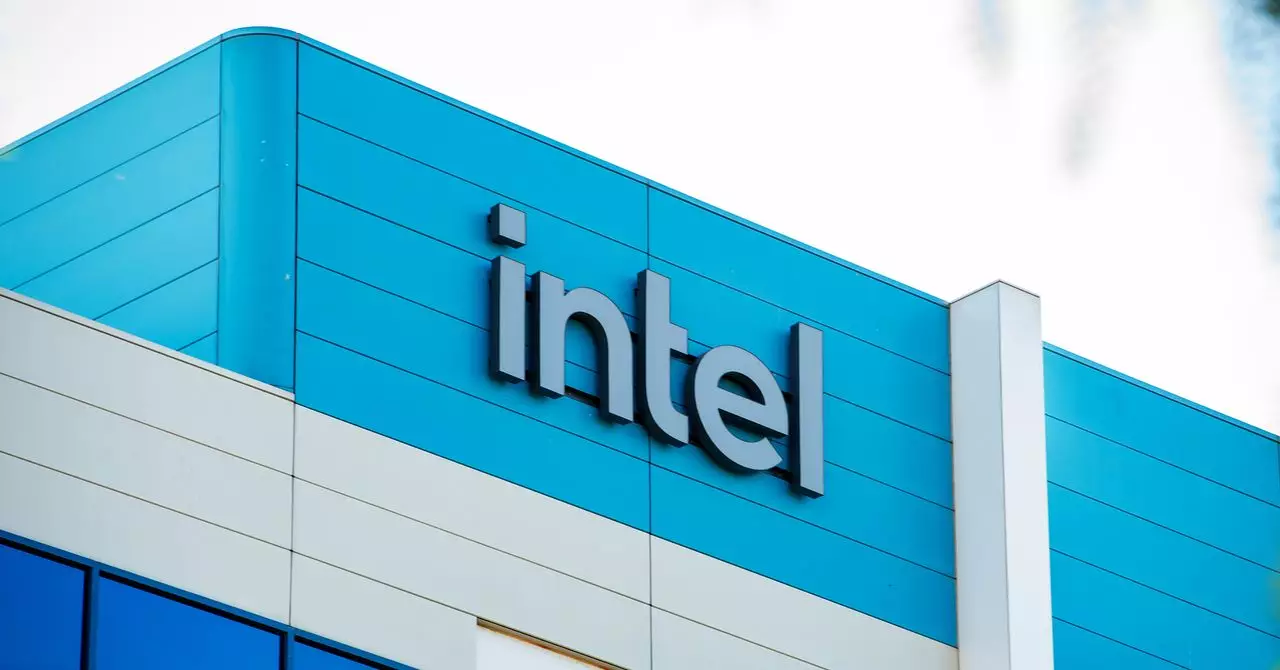On a Wednesday that initially promised relief, Silicon Valley leaders felt a wave of optimism wash over them as President Donald Trump’s newly introduced tariff plan came with an unexpected exemption for semiconductors. However, this initial sense of security would be short-lived, as the ramifications of these tariffs soon began to pan out in a way that would leave many tech giants questioning the feasibility of their manufacturing and import strategies. What seemed like a lifeline turned out to be less of a safety net and more of a tangled web of complications that could prove detrimental to the already fragile tech ecosystem.
The spectacle of relief quickly faded as the White House released a comprehensive list of products that would be effectively shielded from the increased duties. The backlash was immediate and sweeping. As many American firms soon discovered, the exceptions were not as extensive as they had hoped. The narrow scope of the exemption meant that numerous chip-related goods would still face higher import costs that could render the balance sheets of even the most robust tech companies vulnerable.
The Unseen Costs of Tariff Exemptions
Industry experts like Martin Chorzempa from the Peterson Institute for International Economics voiced alarm over the implications of the tariffs not just on prices but also on investment potential. If a major U.S. chip manufacturer plans to sink a hundred billion dollars into elevating their operations on home soil, the diminishing return on that investment today speaks louder than the optimism expressed during the tariff announcement.
Many semiconductors arriving in the United States are not bare chips; they are packaged within various devices — including GPUs and AI training servers — which are subjected to significantly high tariffs. This complicated situation magnifies the challenges that American manufacturers face, as the exemptions effectively exclude products that play a crucial role in a multitude of everyday technologies, from smartphones to electric vehicles. In essence, the exemptions serve to reinforce an already burdensome tariff landscape.
The Compounding Challenges for the Semiconductor Industry
Stacy Rasgon, a senior analyst at Bernstein Research, articulated a pressing concern facing the semiconductor industry: a heavy reliance on imports combined with the cyclical health of the broader economy significantly impacts production and distribution. In today’s world, semiconductors are intertwined with virtually every consumer product and technological innovation. Thus, any disruption in access to these components will have ripple effects across numerous industries.
The imposition of tariffs can unwittingly erode the competitive advantage that U.S. companies have enjoyed historically. With a compounded tariff impact of approximately 40 percent when considering multiple device imports, manufacturers face a dilemma: pass these additional costs onto consumers, or absorb them and risk margins. This predicament may prompt companies to reevaluate supply chain strategies, moving away from U.S.-based manufacturing to more favorable international conditions where tariff-free imports reign.
Navigating the Tariff Labyrinth
To decipher the myriad complexities of current tariff impositions, the administration has relied upon the Harmonized Tariff Schedule (HTS), which provides meticulous categorizations of products. The outcome, however, has left many in the tech industry frustrated. With numerous types of semiconductors, each assigned specific codes, companies like Nvidia are finding themselves unprotected due to their classification under a schedule that lacks exemptions.
The ambiguity of these classifications can create a chaotic environment for importers who may be unaware of the nuances that dictate whether their products are subject to tariffs. Even seemingly clear cases have proven to be murky, as an importer of Nvidia GPUs discovered when faced with the uncertainty of their categorization. The experience illustrates how minor differences in product specifications can lead to significant financial repercussions.
In this turbulent landscape, the stakes are high, and only those who can navigate the labyrinth of tariffs and exemptions may emerge unscathed. The U.S. semiconductor industry stands at a crucial crossroads, one that will influence not only domestic prosperity but also its standing in a global market that grows increasingly competitive and interconnected. The aftermath of these tariffs remains to be seen, but one outcome is undeniable: the road ahead is fraught with challenges that will test the resilience and ingenuity of America’s tech sector.


Leave a Reply